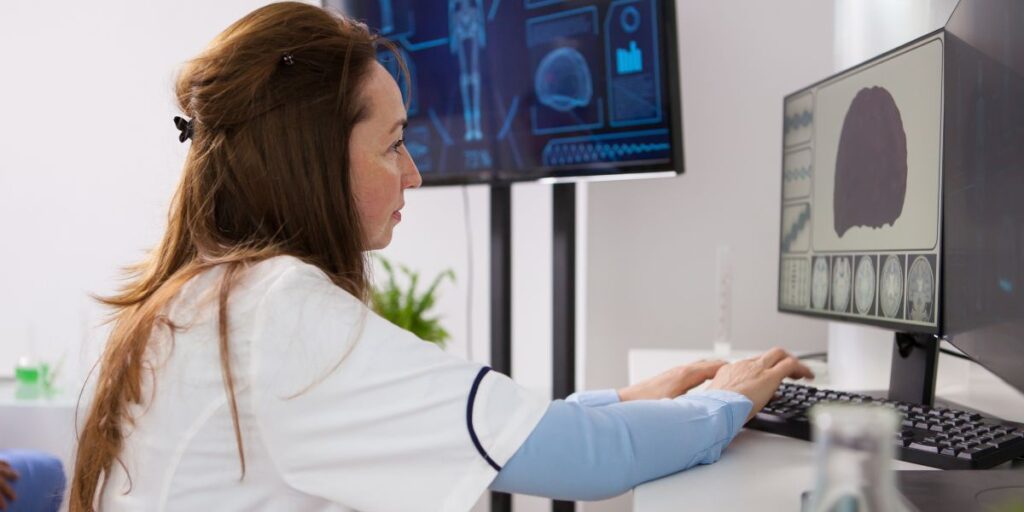How PACS Improves Radiology Workflow

Radiologists play a critical role in patient care by interpreting and diagnosing medical images such as X-rays, CT scans, and MRIs. However, their workflow can be extremely time-consuming and challenging, as it involves analyzing multiple images, exchanging information with other healthcare professionals, and ensuring accurate and timely diagnosis. Fortunately, Picture Archiving and Communication System (PACS) technology has revolutionized radiology workflow, making it more efficient and improving patient outcomes.
The Role of PACS in Radiology Workflow
Streamlined Image Management
One of the key advantages of PACS is its ability to streamline image management. Traditionally, radiologists had to manually handle physical film or printouts of medical images, making the process slow and cumbersome. With PACS, all images are digitized and stored in a central database, allowing radiologists to access them instantly from any location.
Enhanced Accessibility and Remote Reporting
PACS enables radiologists to access medical images from any computer or mobile device with an internet connection. This means that radiologists can review images and generate reports remotely, even outside a hospital setting. This enhanced accessibility improves efficiency by eliminating the need for radiologists to be physically present at all times.
Efficient Communication and Collaboration
Radiology is a team effort involving close collaboration between radiologists, referring physicians, surgeons, and other specialists. PACS simplifies communication and collaboration through its built-in tools and features. Radiologists can efficiently share images and reports with colleagues, consult with other specialists, and seek second opinions on challenging cases. This collaborative approach enhances the accuracy of diagnoses and ensures optimal patient care.
Integration with Electronic Health Records (EHRs)
PACS seamlessly integrates with Electronic Health Records (EHRs), creating a unified system for patient information and medical imaging. This integration eliminates the need for physicians to switch between different systems and manually enter patient data, saving time and reducing the risk of errors.
Advanced Image Analysis and Reporting Tools
PACS offers a range of advanced image analysis and reporting tools to enhance radiologists’ capabilities. These tools include measurements, annotations, magnification, and image manipulation, allowing radiologists to conduct detailed assessments and accurately identify abnormalities. Additionally, PACS enables structured reporting, where radiologists can systematically enter findings and observations according to predefined templates.
Efficient Data Backup and Disaster Recovery
PACS technology ensures secure and reliable data backup, eliminating the risk of data loss due to hardware failures or natural disasters. By maintaining redundant copies of medical images and reports, PACS allows for efficient data recovery in case of emergencies. This safety net ensures critical patient information is always available and protects against any disruptions to the workflow.
Enhanced Workflow Efficiency
Overall, PACS significantly improves the efficiency of the radiology workflow. By reducing manual tasks, streamlining image management, and promoting collaboration, radiologists can focus more on interpreting images and delivering accurate and timely diagnoses.
How Aspyra’s PACS Optimizes Radiologist Workflow
PACS is designed to optimize image management, enhance collaboration, improve accessibility, and provide advanced tools for radiologists. At Aspyra, we are committed to helping radiology practices deliver the best possible care to their patients by streamlining workflow processes. With our PACS technology, radiologists can access images from any location, share them with colleagues for efficient collaboration, and utilize advanced analysis tools for accurate diagnoses. Contact us today to learn more about how Aspyra’s PACS can benefit your radiology practice and improve overall efficiency.

